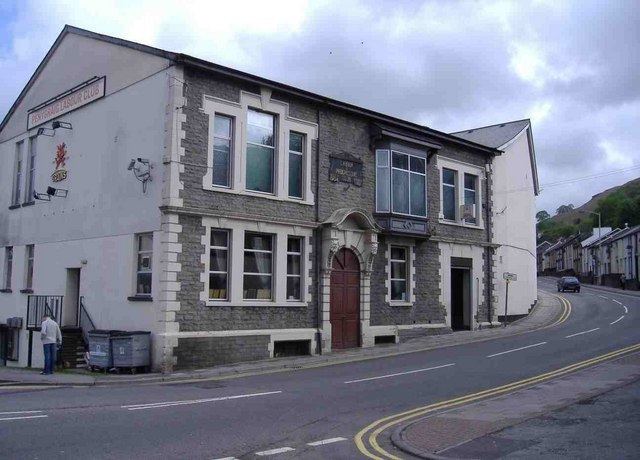Population 5,554 (2011) Sovereign state United Kingdom Dialling code 01443 Post town Tonypandy | OS grid reference SS995915 Country Wales Postcode district CF40 | |
 | ||
Weather 14°C, Wind NE at 27 km/h, 56% Humidity | ||
Brown s sunday sessions lazarus carpenter ballad of penygraig
Penygraig (Head of the Rock) is a village and community in the Rhondda Valley in the county borough of Rhondda Cynon Taf, within the historic county boundaries of Glamorgan, Wales. As a community Penygraig contains the neighbouring districts of Dinas, Edmondstown, Penrhiwfer and Williamstown.
Contents
- Brown s sunday sessions lazarus carpenter ballad of penygraig
- Pantegg land slip chapter 4 the death of penygraig avi
- Early history
- Industrial Penygraig
- The Naval Colliery pit disasters
- Sport and leisure
- Notable people
- References
Pantegg land slip chapter 4 the death of penygraig avi
Early history
The original settlement which in now Penygraig was called Ffrwd Amos, though as with the rest of the Rhondda before industrialisation the only settlements were farmsteads. In 1832, Soar, one of the first baptist chapels in the Rhondda was built at Penygraig by preacher David Williams.
Industrial Penygraig
Coal mining began in Penygraig in 1857 when Thomas Ellis sank a drift mine. In 1858 Moses Rowlands and Richard Jenkins discovered a seam at Penygraig and would later form the Penygraig Coal Company. The Company sank the first deep pit in the village, The Penygraig Colliery; after which the village would be named. After the Penygraig Colliery showed a successful profit the Naval Colliery Company opened a second deep pit, The Pandy, which reached the steam coal seam in 1879. The Pandy was then sold to the New Naval Colliery Company after three disasters, which then opened three more deep mines The Ely, the Nantgwyn and the Anthony Pits. The New Naval company would then become part of the Cambrian Combine, owned by Viscount Rhondda. The Ely Colliery would be the centre of the Cambrian Combine dispute, which in turn would lead to the Tonypandy Riot.
The Naval Colliery pit disasters
The first of three disasters to occur at the Naval Colliery happened on 4 December 1875 when a flood broke through into the mine, resulting in two miners drowning and the lives of many others placed at risk. Then on 10 December 1880 a gas explosion took the lives of 101 miners out of the 106 who were working in the mine at the time. This was followed on 27 January 1884 when another explosion led to the death of fourteen men. These disasters are likely factors in the Naval Colliery Company selling the mine in 1887.
Sport and leisure
Penygraig is home to rugby union team Penygraig RFC, which during the late 19th and early 20th century was one of the most notable rugby clubs in the Rhondda, producing Wales international players Dai Evans and Jack Rhapps, and was the early club of British Isles rugby representative Percy Bush.
Notable people
Penygraig, like many of the villages of the Rhondda, also produced notable boxers, including Tom Thomas, who in 1908 became the first British national middle-weight champion, and in 1909 was the first winner of the Lonsdale Belt at the same weight.
